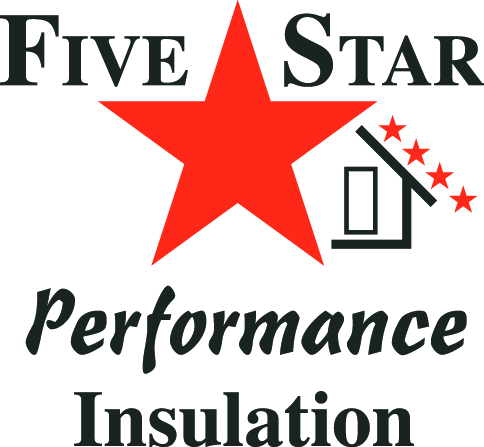The insulation in your home can often wind up being exposed to a variety of threats. Rodents and the weather are two of the more common culprits that can wear away at the effectiveness of insulation over time, but water-damaged insulation in Sacramento, CA is another serious problem that needs to be addressed sooner rather than later.
Working with wet insulation is something only skilled professionals should undertake, but there are some ways in which you can begin to evaluate whether saving your insulation is a possibility, or if it’s time to pitch the soaked materials and start all over.
How insulation can get wet
When our customers in Sacramento, CA ask us, “Is water-damaged insulation still good?” the short answer is, “It depends.” Most insulation that sustains water damage does so because it’s situated near the roof in your attic, so when the roof is compromised, your insulation will absorb some of the damage via water leaking through the spots where the roofing material is damaged. The two types of insulation that are used in most homes—blown-in cellulose and fiberglass batts—are both vulnerable to this type of damage for a couple of specific reasons.
The risks of wet insulation
For starters, water-damaged insulation in Sacramento, CA can present a problem to homeowners because its insulating value has been compromised. If insulation is wet, it’s probably going to lose about 40 percent of its R-value, the number that indicates how well it’s protecting your home and your family’s comfort.
Fiberglass insulation is “waterproof,” but the thick batt will hang onto enough moisture that its insulating values will be affected. Cellulose insulation gets matted down when it’s wet, negating the effect of air and fluff that provides its insulating powers.
Mold is the other concern with wet insulation—active mold growth can occur on the paper backing of fiberglass batts, while the absorbency of cellulose can also breed mold.
Can wet insulation be saved?
Again, it depends! Fiberglass batts can be saved if they’re treated early—they need to be removed and exposed to air circulation and warmth. If they’re left in place and mold growth develops, though, they should be replaced. This can be a time-consuming process, and fiberglass insulation is relatively cheap, so many customers of 5 Star Performance Insulation, Inc. opt to just have their insulation replaced.
Cellulose insulation is also tricky, since mold can quickly grow on organic material. Most of the time, we recommend simply replacing cellulose insulation to ensure your property is kept as protected as possible by effective and efficient insulation.
5 Star Performance Insulation, Inc. has served customers for 25 years, so we’ve seen enough instances of insulation disasters to know how to deal with them. Wet insulation is something that’s really best handled on a case-by-case basis, so if you think you have a situation in which your insulation took on some water, please give us a call. We’d be glad to discuss your next steps for dealing with water-damaged insulation in Sacramento, CA!
